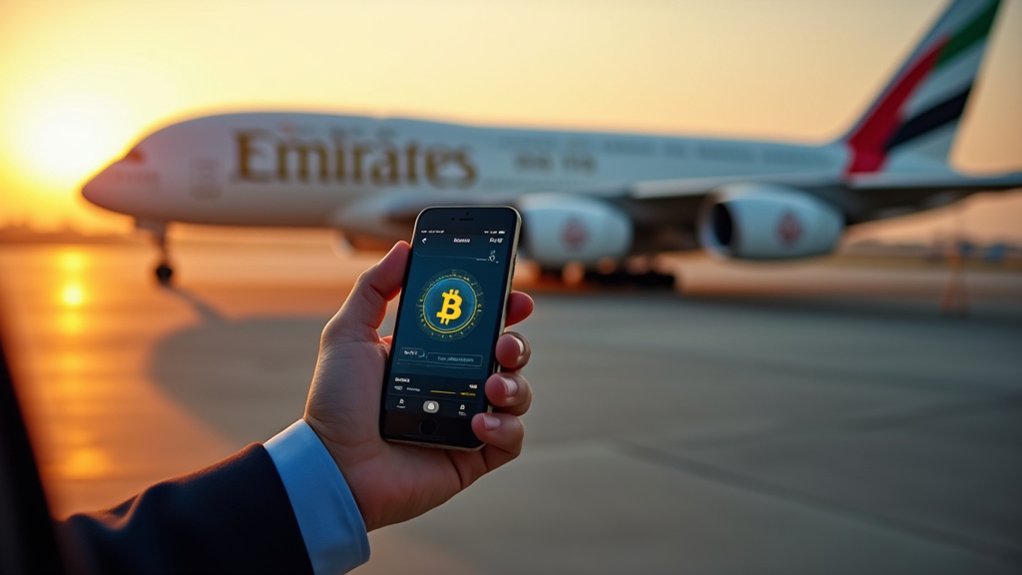The digital payments landscape has witnessed countless “revolutionary” platforms over the past decade, yet PayPal‘s pivot toward peer-to-peer dominance represents something more significant than Silicon Valley’s usual hyperbolic hyperbolic proclamations. With P2P transactions now comprising 50% of PayPal’s total volume in 2024, the company has transformed what began as merchant-focused infrastructure into a consumer acquisition engine that would make traditional banks weep into their quarterly reports.
PayPal’s P2P pivot creates a consumer acquisition engine that transforms casual money-splitting into habitual commerce—the kind of ecosystem lock-in VCs fantasize about.
The strategic brilliance becomes apparent when examining the numbers: 30% of PayPal’s new users arrive via P2P functionality, then proceed to funnel over $10 billion from peer payments directly into merchant transactions. This conversion mechanism—turning casual money-splitting into habitual commerce—represents the kind of ecosystem lock-in that venture capitalists dream about during their third espresso of the morning.
PayPal’s forthcoming relaunch integrates Xoom while expanding capabilities to include instant transfers across traditional banking, digital wallets, cryptocurrencies, and (perhaps most tellingly) SMS messaging. The audacity of enabling cross-border payments to non-PayPal users through phone numbers fundamentally creates an open-loop system that transcends the company’s existing user base—a move that simultaneously acknowledges and attempts to obliterate competitive barriers. The integration promises enhanced user experience through streamlined processes that eliminate traditional friction points.
The cryptocurrency integration adds another layer of complexity, with crypto send volume surging 280% year-over-year to approximately $2 billion. PayPal’s stablecoin PYUSD positions the company as a bridge between traditional finance and blockchain infrastructure, targeting the $9.9 trillion P2P market projected by 2025 while the global user base expands to 2.6 billion active participants. Centralized exchanges typically dominate cryptocurrency conversion functions due to their regulatory compliance capabilities and established infrastructure.
This transformation aligns with CEO Alex Chriss’s vision of AI-driven payment evolution, supported by Q2 2025 revenue increases to $8.3 billion. The PayPal World initiative directly challenges established players like Alipay+ in cross-border interoperability, while Venmo’s continued volume leadership reinforces the broader ecosystem strategy. The company’s new checkout technology reduces latency by 50%, dramatically improving transaction speed and user satisfaction across all payment channels.
The company’s appeal to Millennials and Gen Z demographics suggests PayPal recognizes that payment preferences established in youth tend to persist—a demographic bet that could determine market leadership for decades.
Whether this ambitious expansion succeeds depends largely on execution, though the underlying strategic framework appears remarkably coherent for an industry notorious for chasing shiny technological objects.








